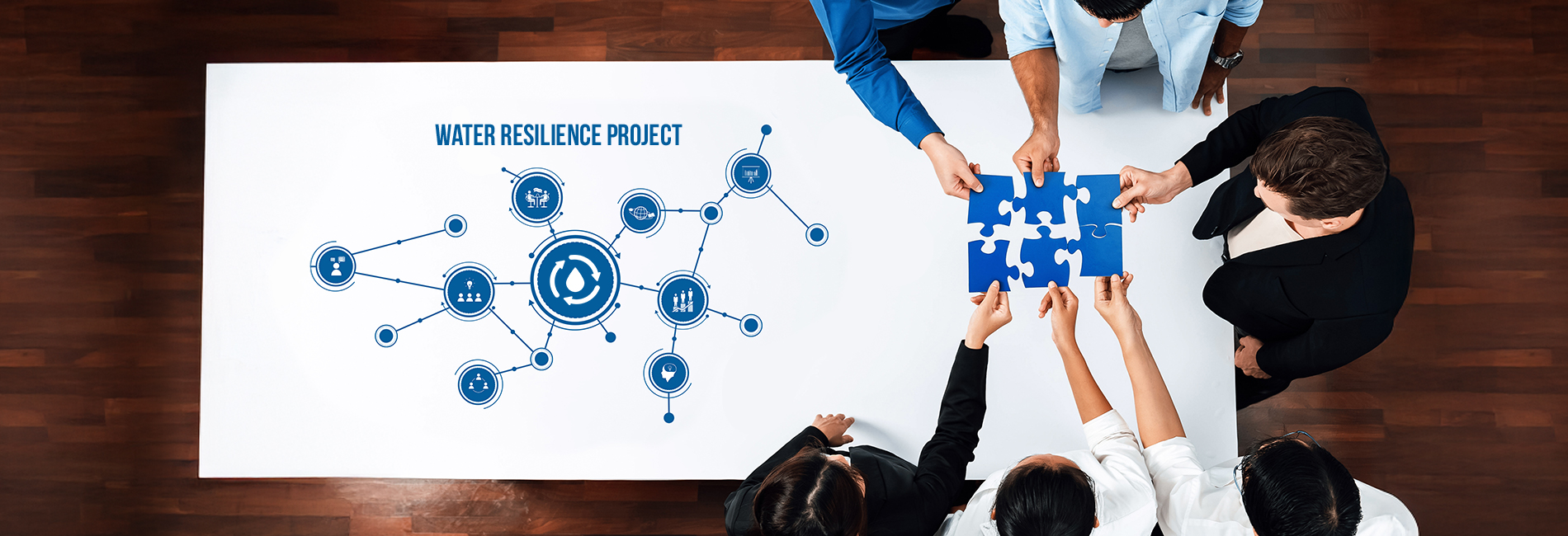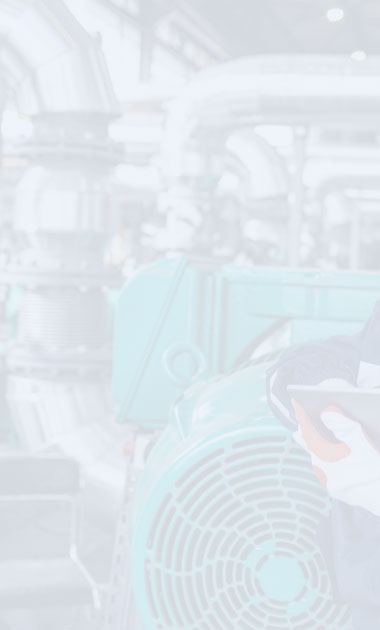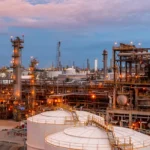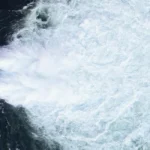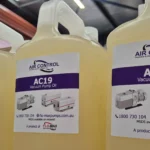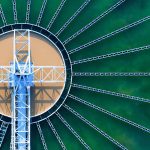Are you an Australian property developer, business owner, or council official hoping to make your community or development more water-resilient? Planning to integrate a water reuse or water recycling pump system into your infrastructure? That’s a forward-thinking move, especially as the demand for sustainable water management grows.
But where do you begin if you have no background in engineering or water treatment? This article gives you a practical overview to help bridge that knowledge gap. Use it as a starting checklist for your early planning sessions, so you know what to ask, what to prepare, and who to bring on board.
The Starting Point

At the beginning of your water reuse project, these should be your main concerns:
- What kind of water reuse system is realistic in your scenario?
- What detailed information should you provide and discuss with the technical experts and engineers you’ll be working with?
- What technical information can these experts and engineers provide to help you avoid underestimating operational complexities?
- How do you effectively communicate any complexities to your various stakeholders, so they understand the situation?
The Checklist
1. Have realistic expectations for your project
Make sure you have a basic understanding of what’s appropriate to your situation. Start by asking these questions:
1.1 Is it “water recycling” or “planned water reuse”?
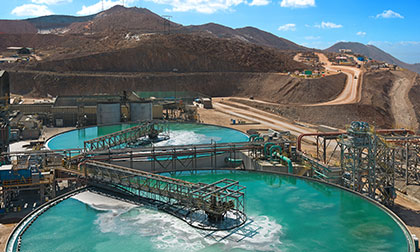
People often use the terms “water recycling” and “water reuse” interchangeably. However, water management experts and engineers in Australia have begun treating “water recycling” and “planned water reuse” as two different concepts—so be clear about where your project might be categorised.
Water Recycling: Onsite Reuse or Indirect Reuse
“Water recycling” loosely refers to any one of these scenarios:
- Collecting wastewater for treatment and immediate reuse onsite, i.e., the same facility or a local “closed-loop” system.
- Treating wastewater for eventual release into nearby groundwater, reservoir, or natural body of water (and allowing the natural water cycle to take over)
- A combination of both
Example Applications:
- Internal water loop in a food processing plant
- Municipal systems that recycle wastewater and inject it into their groundwater (indirect potable reuse)
- Advanced treatment facilities producing drinking-quality recycled water
Planned Water Reuse: Purpose-Driven Integration Into A Larger System
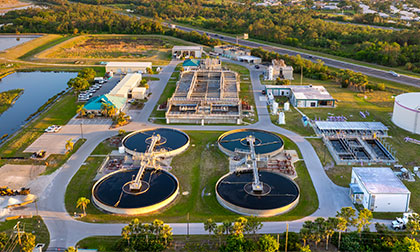
This refers to the meticulously planned reuse of wastewater for a broader community, instead of “stand-alone” onsite reuse.
Each source of wastewater is carefully categorised, collected, and treated to produce different safety grades of usable water. These are then sent over a larger water distribution network, where it is diverted to specific applications throughout the community. This also means a planned water reuse system often has different distribution channels or pipes for each water safety grade.
Example applications:
- Agricultural crop irrigation with treated communal blackwater or greywater
- Toilet flushing (private or public)
- Industrial washing and cooling processes
1.2 Is it a “greenfield” or “brownfield” project?
Designing water resiliency into a new build is very different from retrofitting it into an existing infrastructure. Where does your project or development fall along that spectrum? Is it a “greenfield” or “brownfield” area?
Greenfield Projects
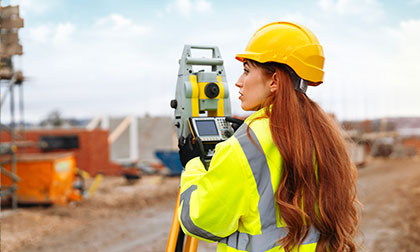
This is typically a new property development that offers you a “blank slate,” where you can design systems or infrastructure from scratch. You have the flexibility to build structures to accommodate your water supply pipes and recycling, pump layouts and sizes, and integration points. This makes it easier for you to have a more advanced water reuse system (e.g., dual reticulation) in place.
It will also be easier to have your system connect or adapt to a larger water supply network that services your city or state.
Brownfield Projects

This involves any existing building, development complex, or community with an established water system. Adopting water recycling here is a more complex affair; you’ll need to upgrade or add pump systems, work around fixed infrastructure, and deal with “tight” or awkward setups.
Coordination with local water utilities will also be challenging, as you’ll be retrofitting a “live” system. You’ll have to work on a limited schedule, timing it so that the temporary interruptions to the water service due to your project don’t severely hobble the daily activities of end users.
A large water reuse or recycling system often involves customised pump builds. A small farm, office building, or apartment complex could get by with a standard modular water reuse system. But with larger communities or facilities, requirements are far more intricate. This translates to more custom pump builds, a longer timeframe, and a bigger budget allocation for the project.
2. Get the right people
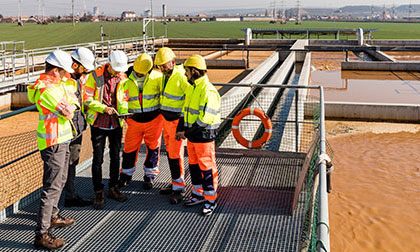
Aside from your own organisation’s managers and employees, here’s a list of the independent professionals you should be engaging for the project.
Water reuse and wastewater specialists
They have the expertise to design and manage the wastewater treatment process (e.g., for greywater, blackwater, or stormwater reuse), ensuring it meets health and environmental standards. After project completion, you can hire them again to teach your employees how to manage the system.
Pump engineers
These specialists select or build the right pumps for transfer, pressure control, treatment, and reuse distribution across your system. They can customise the technology to work with whatever pump duties or conditions are unique to your situation.
Pump engineers work in tandem with hydraulic engineers to answer specific technical questions about pump applications (example: “At what points in the wastewater collection stage should we employ axial flow pumps vs. turbine pumps?”).
Hydraulic engineers
These engineers will work closely with pump engineers and wastewater/water reuse specialists. They are responsible for designing and building the overall water flow design or piping network. They ensure pressure balancing and integration with mains, sewerage, and stormwater networks.
Environmental consultants
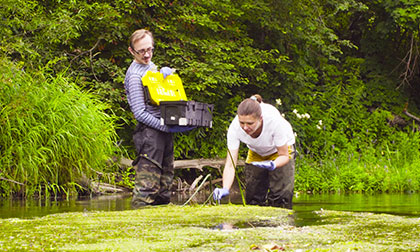
These scientists can conduct studies on the ecological impact your water reuse system will have, not just to your community or property, but to adjacent areas as well. They can help you navigate the approval process of environmental permits from your local council and/or state (and provide relevant documentation), identify potential environmental risks and mitigation strategies, and monitor the safety of surrounding water, soil, and vegetation after the project is done.
They can also provide useful advice on how to communicate effectively with local residents, local regulators, and other stakeholders.
Urban planners
They ensure that everything you build for and around the water reuse system aligns with local zoning requirements and land use plans (including any strategic development overlays or sustainability targets). Aside from coordinating with the rest of the project team, they should also assist you with project integration. This means helping you coordinate with architects from other projects within your target service area. This ensures everyone’s work forms a cohesive and compliant development.
Licensed plumbers and builders
Look particularly for those with accreditation in greywater/blackwater systems and who are familiar with plumbing and drainage regulations in your area. They are essential for the correct installation and long-term maintenance of your system.
3. Provide relevant starting information
To make your initial planning sessions more productive, you must gather the following information for your team.
3.1 Wastewater Source and Demand Analysis
Wastewater sources
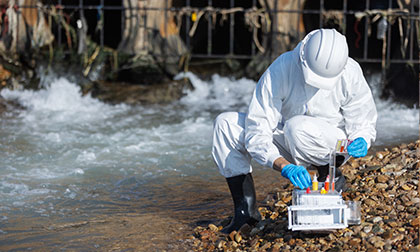
Identify all current and potential sources of recyclable or reusable wastewater generated by your community or development. That will depend on your situation and the scope of your project. Here are a few examples:
- Local grey water (e.g., from washing hands or dishes, bathing, laundering)
- Industrial process water
- Stormwater or floodwater
- Agricultural runoff or return flows
- Municipal wastewater
If you have enough data on hand and can conduct a water audit, analyse your community or development’s actual and potential water use. Consider both daily and seasonal variations, as people’s needs fluctuate throughout the year. This will help you identify all your wastewater sources and realistic opportunities for water recovery.
Specific end-use goals
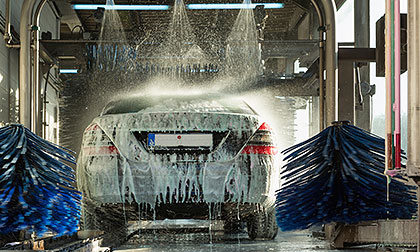
Once your wastewater is collected and treated, where do you hope to reuse that water? Assess your current and future water demands and list down the applications. Your consultants and engineers can then confirm which of these are doable in your particular case.
Examples of end-use for reused or recycled water:
- Flushing toilets
- Watering gardens
- Irrigating farms
- Industrial cooling or washing
Flow rate estimates
How much of this recycled wastewater do you want to move, treat, and reuse? How often? Do you have a rough idea of the average, minimum, and maximum amounts? Or of peak times?
Try computing for realistic flow rate estimates. Below is an example of how you might compute your estimates.
FORMULA: Estimated Wastewater Per Day (Litres/Day) = Per Person Daily Usage x Target Wastewater Reuse % x Total Number of Users (e.g., 1,000 people)
| Wastewater Source | Per Person Usage (L/day) | Target Wastewater Reuse % | Total Flow of Reused Wastewater – Example: for 1,000 People (kL/day) |
|---|---|---|---|
| Household greywater only (i.e., from laundry, shower, washbasins)1 |
150 | 60% | 90 kL |
| Toilet flushing only (homes or workplaces) 2 | 30 | 100% | 30 kL |
| Combined greywater + toilet flushing | 180 | 100% | 180 kL |
- Greywater from homes: A single person can generate roughly 150 L/day from showers, laundry, and washbasins.
- Toilet flushing (either home or workplace): With modern low-flow toilets (at 6 L/flush) and five flushes per day, that’s about 30 L/person/day.
Why bother making these computations? These estimates help make your initial meetings with consultants and pump engineers more productive. You and your team will have a clearer picture of what pumps and hydraulics should be designed into your system, what types of wastewater treatments and equipment should be considered, what operation schedules might be like, and how much power and funds are required to run it all.
Moreover, if you are unsure of your figures, they can verify their accuracy and begin their work from there.
3.2 Other Requirements and Limitations to Consider
Available space and power
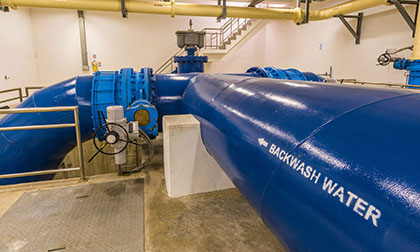
How much space do you have in your property development or community for an additional piping system, wastewater treatment plant, and related pumps? Where exactly are these spaces located, vis-à-vis the location of residences or work areas?
What will power the treatment plant and the pumps involved? How easy or difficult will it be to connect these to the available source of power?
Distance and elevation
Depending on the source, will your wastewater be treated first before use? Or is it going to be diverted straight into a specific application? How far will the water have to travel for either scenario? What is the terrain of your area like, and will the water have to travel across different elevations?
Regulations and Permits
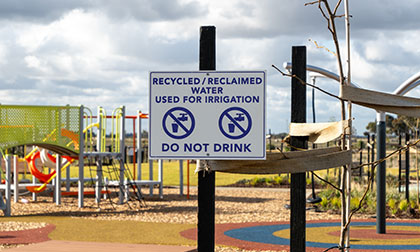
Your project will need to comply with local water quality, environmental standards, and building safety codes. This means engaging with regulatory authorities and obtaining permits. It’s also a good idea to seek guidance on the best practices for water reuse from other relevant agencies as well.
Below is a summarised list of agencies and Australian standards that you’ll likely have to comply with. (The professionals you’ve hired should be familiar with these and can explain them in further detail.)
- National Standards to Follow:
- AGWR – Australian Guidelines for Water Recycling (by NHMRC and Natural Resource Management Ministerial Council), which covers health, environment, and water reuse classifications
- AS 1546.3 – domestic greywater treatment systems
- AS 5667 – water sampling protocols
- AS/NZS 3500 – plumbing and drainage (which also covers recycled water plumbing)
- Agencies & Organisations to Consult:
- Local Council – for approval of development, plumbing, zoning
- State Environmental Protection Agency – for environmental licensing & discharge regulations compliance; the agency varies with every Australian state
- State Health Department – for assessment of health risks and water quality
- Water Utility Company – for sewer access, discharge conditions, approvals, and integration into a larger supply network in your area (if your project isn’t a standalone “closed-loop” system)
- AWA, WSAA, CRC-WSC – consult them for water management industry best practices and innovations
- NGO/Certifiers (e.g., Water Conservancy) – Extra certification or accreditation can give you advantages in public relations and marketing
(For links to these standards and organisations, see the References List at the end of this article.)
4. Complete and re-evaluate your plan with the experts
The professionals you’ve hired are there to provide you with more technical knowledge, specifically on the following aspects:
4.1 Wastewater Treatment Technology
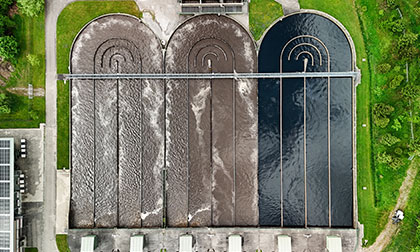
- Evaluating appropriate treatment: Given your situation and goals, which existing wastewater treatment processes are suitable for your project? You and the team may also explore more advanced technologies (e.g., membrane filtration, UV disinfection) for potable and non-potable reuse.
- Determining realistic safety levels: How do you test and prove that harmful pathogens and contaminants have been removed, post-treatment? If you are doing fit-to-purpose water reuse, what levels of water quality and safety will you be dealing with? Is extracting potable water for human consumption feasible, or is it too costly? How many levels of safety will you manage simultaneously? Examples of safety classifications:
- Class A – safe for direct human contact
- Class B – industrial washdowns
- Class C – no human contact allowed
- Identifying equipment: What structures, pumps, machines, and other equipment will the wastewater treatment processes need? What size, location, and type of space will these require? (Examples: “How many vacuum dosing pumps will this project’s scale of wastewater treatment need?” and “Will our treatment site location require extra pumps like side channel blowers to aid in the filtration process?”)
4.2 Infrastructure and Logistics
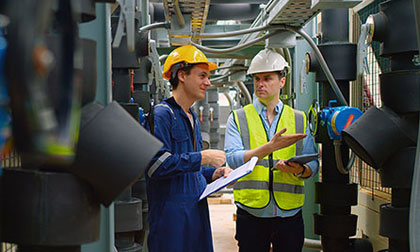
- Describe the appropriate collection and distribution system: How do you collect the wastewater from your sources and bring it to the treatment plant? How will the recovered or treated water then be released and distributed within the appointed service area, according to purpose and safety level/quality? What pumps, hydraulic systems, and other equipment are involved?
- Evaluate conventional and alternative systems: Consider conventional centralized systems and decentralized or satellite configurations.
- Address infrastructure costs: Infrastructure costs cover the pipelines, waste disposal mechanisms, and other necessary systems. Such costs can be a limiting factor in water reuse or water recycling implementation; are there solutions to keeping costs down?
- Account for daily and seasonal variations. With their experience, your team of experts should help you factor in fluctuations in wastewater generation and water use. It should vary according to time of day, day of the week, season, and special events. From the start, plans should be made for a whole system that can handle surge capacity and peak storage needs.
- Decide who will build and operate the system. Ultimately, your choice will depend on your budget, timeline, technical capacity, regulatory approvals, and long-term maintenance considerations. You have two general ways to go about it:
- Approach 1: Your development company, organisation, facility, or council spearheads the building of the system. Then you either run it as a standalone system or connect it to the regional water network (and coordinate with the local water utility or state provider). This gives you more control and flexibility. Example case: the Googong township dual-reticulation system.
- Approach 2: Partner directly with your local water utility (or state provider), right from the start. They will deliver and manage your system as part of their infrastructure, similar to Sydney Water’s approach for the Appin housing development.
5. Consider economic and financial aspects
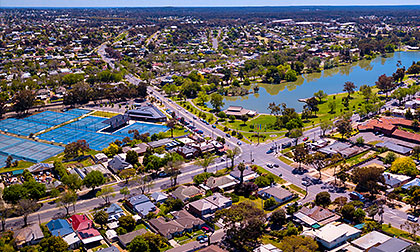
Can you estimate how much funding is initially available for the start of your project, including those your organisation might get from loans in the near future? What about potential funds earmarked in budgets for the following year? The earlier you have accurate and realistic information about upfront and long-term operational costs, the better.
Here’s a simple breakdown of what you should re-evaluate, with the help of your team of experts:
- Conduct cost-benefit analysis: Evaluate the economic feasibility of the project, considering factors like construction costs, operational expenses, and potential cost savings from reduced water consumption.
- Explore funding and financing options: Identify potential funding sources, including government grants and private investments.
- Analyse the return on investment: Determine the potential return on investment (ROI) for the project.
When fleshing out the details of your plan, lean on the guidance your water reuse experts and engineers will provide. This is how you can avoid underestimating costs and operational complexities.
6. Manage everyone’s expectations
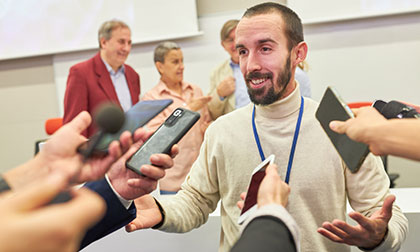
You need to manage public perception from the very beginning. Many people will have trouble trusting the safety of using recycled water. This attitude often becomes a major barrier to projects like this.
Assign someone to help you oversee communications with your stakeholders (and the general public, if applicable in your case), to ensure consistent statements. Preferably, it should be an employee within your organisation who has already been handling your public relations for years.
The main points to cover:
- Address public health risks: Develop a water reuse strategy that addresses public health risks and avoids the misuse of reclaimed water.
- Engage stakeholders: Think of ways of involving all your stakeholders in the planning process. If your project will have an impact on a wider public, you may need to carefully orchestrate public Q&As or forums, surveys, and even promotional events (e.g., contests, participation in industry conferences and conventions)
- Communicate the benefits: Clearly communicate the benefits of water reuse, such as water conservation, cost savings, and environmental protection. Plan how and when you release official memos or press statements on this matter.
- Build public trust: Address public concerns and build trust in the safety and reliability of the recycled or reclaimed water.
Extra Technical Terms to Learn Before Meeting the Engineers
Before your first planning session with the technical team, it helps to do a bit of background reading. You don’t need to become an expert. But having a basic grasp of key terms and system components will help you ask better questions, grasp the options presented to you, and avoid costly misunderstandings.
Water reuse systems in Australia

Start by getting familiar with water recycling or water reuse models already being used in the country, such as:
- Dual reticulation tap water supply in new housing developments
- On-site recycling in schools, commercial buildings, factories, or other industrial sites
- Decentralised systems in farming communities
These examples will help you envision realistic outcomes for your own project.
Pump tech
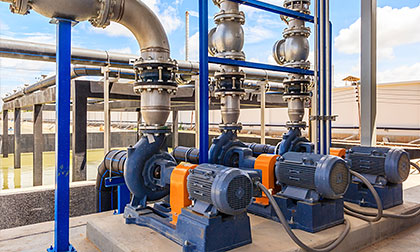
Look up the different types of pumps typically used in water reuse and wastewater management. Common examples include:
- Vertical turbine pumps – for extracting water from deep bores, tanks, or reservoirs
- Submersible pumps – ideal for confined or submerged installations (e.g., pump stations or lift wells)
- Axial flow pumps – used when moving high volumes of water over short vertical distances, such as in stormwater reuse or irrigation
- Centrifugal pumps – a staple in water recycling systems for general liquid handling and moderate flow/pressure requirements
- Tri-lobe blowers – used in aeration for biological treatment in mid- to large-scale wastewater plants
- Vacuum dosing pumps – these are used to accurately inject chemicals (like chlorine or coagulants) into wastewater streams during treatment.
- Side channel blowers – suitable for smaller-scale aeration, dosing, or vacuum tasks where precise air or gas movement is needed
- Liquid-solid separation units – for example: macerators, agitators, and bioselect systems
Hydraulics
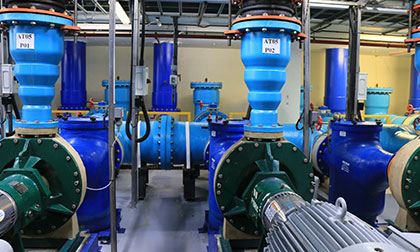
Lastly, it’s a good idea to skim through a few key hydraulics and wastewater treatment concepts. Focus on terms that are likely to come up in planning meetings, such as:
- Flow rate and pressure loss
- Head height
- Retention time
- Primary vs. secondary treatment
- Membrane filtration
- Disinfection methods (UV, chlorination)
You don’t need to master these—just enough to follow the discussion and ask good questions.
And while you’re at it, explore the range of Flo-Max Pumps applicable to water reuse systems. We offer fully customised pumps to suit different treatment setups, flow conditions, and reuse goals. The more you understand what’s possible, the more confidently you can lead.
Need more guidance in planning a feasible water management system?
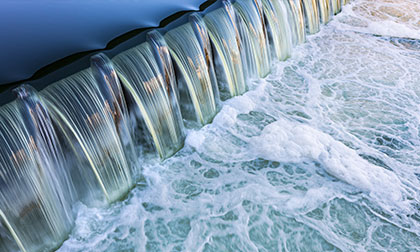
If you’re new to water infrastructure projects and want to turn your ideas into action, we’re here to help. With over 20 years of experience in pump engineering and manufacturing, we’ve supported various wastewater management and water recycling systems across Australia.
But our support doesn’t stop with pumps. Over the years, we’ve built a trusted network of hydraulic engineers, water management specialists, and environmental consultants. If your project requires more specific areas of expertise, we can connect you with the right professionals to help move things forward.
Whether you’re still in the research phase or preparing to meet your consultants, we’d be happy to walk you through what’s possible. Reach out to us today to start the conversation.
References List:
Information on National Standards
- Australian Guidelines for Water Recycling (AGWR) – Comprehensive guidance on health and environmental risks associated with reusing recycled water. Browse through the NHMRC & NEPC sites for more information. Specifically, see Australian Guidelines for Water Recycling: Augmentation of drinking water supplies downloadable from the NHMRC or the NEPC
- AS 1546.3 – On‑site Domestic Greywater Treatment Systems – Covers design, commissioning, and performance for secondary treatment units handling household wastewater. Get more information from the Council of Standards Australia site. See also “On-site domestic wastewater treatment units – Part 3: Secondary treatment systems”.
- AS 5667 Series – Water Sampling Protocols – Defines standard procedures for sampling drinking water, wastewater, and environmental water (nre.tas.gov.au).
- AS/NZS 3500 – Plumbing & Drainage Standards (including Recycled Water) – Specifies requirements for plumbing installations, drainage systems, and recycled water plumbing under the NCC. Get more information from the Council of Standards Australia site. See also related article “NCC 2022 Standards Spotlight: Plumbing and Drainage – Water Services”.
Other Agencies & Organisations to Consult
- Australian Water Association (AWA) – Australia’s peak professional body for the water industry, offering technical resources and events.
- Water Services Association of Australia (WSAA) – representing urban water utilities, including sewerage service providers. Additional contact info is also listed here.
- Cooperative Research Centre for Water Sensitive Cities (CRCWSC) – A major national research centre dedicated to sustainable urban water management (watersensitivecities.org.au).
- The Water Conservancy – NGO certification scheme for water-efficient products, including greywater and recycled water systems.

